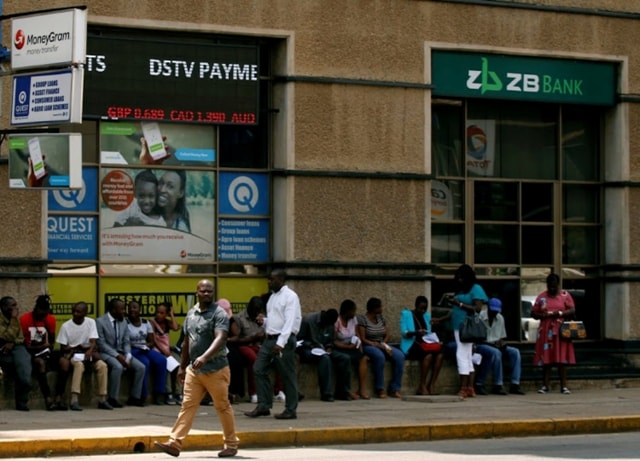Source: Telecoms, A Key Driver For Development In Zimbabwe – Africa.com
Zimbabwe’s economy has been on the verge of collapse for two decades, but the telecoms sector could be a significant driver of an economic turnaround if properly regulated.
Like most African countries, Zimbabwe still relies on a self-declaratory system to oversee the telecoms sector. However, this leaves loopholes – encouraging scams and fraudulent activities and robbing the country of a vital revenue stream. However, without the correct tools, Zimbabwean authorities do not have sufficient visibility of the sector. Which means it is unable to measure the exact volume of telecom transactions that are subject to taxes and regulatory fees.
When it comes to international calls, for example, Zimbabwe faces a double pitfall: a lack of visibility over the real volumes of calls exchanged between local operators and international carriers and the current licensing regime. Firstly, companies based overseas buy bandwidth internationally and under-declare what they resell to telecoms operators in Zimbabwe. This means that part of the margin remains outside the country, thus depriving Zimbabwe of much-needed revenue and inflating the calls leaving the country.
Secondly, the licensing regime allows operators to have their own international gateways. Each year, billions of dollars in fees and taxes across the world are lost due to the illegal termination of international calls that by-pass the international gateways of licensed operators. These illegal international calls are fraudulently terminated as local calls, using SIM boxes, PBX, and Internet-based methods. Telecom operators try to cope with this grey telephony issue individually, some with more success than others, but with limited results overall.
With regard to domestic calls, regulators are facing a lack of transparency in regards to mobile network operators profitability, since crucial information about the quality of service, revenue and profitability are not always provided.
A proactive technology-based solution
While a unified gateway – a single entry and exit point for all voice traffic – may allow for sufficient visibility on traffic. There is only one reliable and effective way to achieve proper telecom metrics that meet the challenges and requirements of the current digital eco-system. This is best done through a proactive technology-based revenue-assurance solution. Which enables both the operators and regulatory authorities to optimise revenues from the telecom sector, because it is able to control revenue leakage, reduce fraud on international calls and control the network quality and integrity.
These state-of-the-art technology solutions allow for data-driven regulation, supported by highly effective systems that ensure the collection, consolidation and processing of all data relating to the sale of telecommunications products and services. Governments gain full visibility of revenues generated by all transactions relating to mobile telecommunications. Which means a government can optimise the collection of surcharges, taxes, levies or any other contributions due to it.
Setting Zimbabwe on the path towards an economic turnaround
In 2013, Tanzania deployed a traffic monitoring system, which gave authorities a technology-based solution to measure and analyse key aspects of the telecoms sector. This system allowed the Tanzanian government to generate additional yearly revenue of approximately 12 M$. Rwanda collects revenue owed to it through regular audits and measuring all telecoms traffic, with a focus on fraud management. Ghana conducts similar operations through an interconnected clearinghouse, its aim is to provide transparent data on traffic volumes and ensure accurate billing from mobile network operators. The information also provides visibility over the regulatory fees and international incoming traffic surcharges.
The Zimbabwean economy could benefit greatly from such cutting-edge technology and revenue assurance solutions. Especially in the context of the Transitional Stabilization Program initiated by the government of President Emmerson Mnangagwa, which intends to make Zimbabwe a higher-middle-income country by 2030, partly thanks to the digital economy.
Written by Angela Collings, who is a communications specialist living in Fish Hoek (Cape Town).

COMMENTS